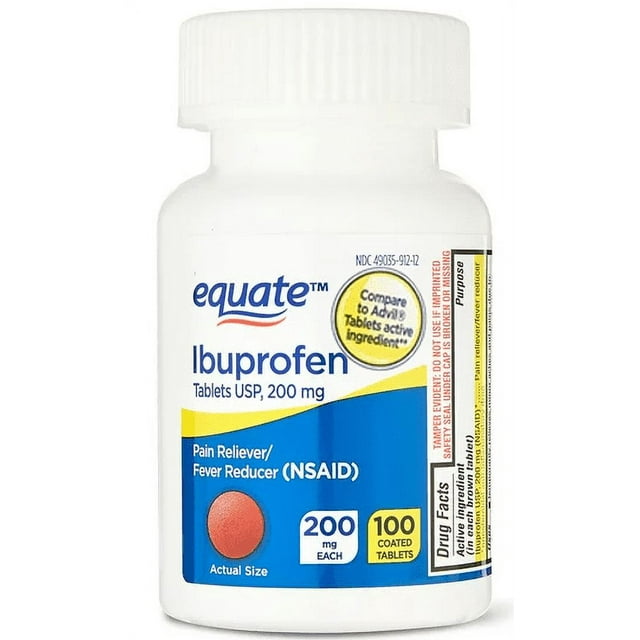Olecranon Bursitis: Symptoms, Causes, Treatment
What are the symptoms of olecranon bursitis?
Olecranon bursitis is a condition characterized by inflammation of the bursa located at the tip of the elbow. The bursa is a small, fluid-filled sac that acts as a cushion between the bone and the overlying skin.
Symptoms of olecranon bursitis may include:
- Swelling: The most common symptom is swelling at the tip of the elbow, which may be soft or fluctuant, depending on the amount of fluid in the bursa.
- Pain: Pain at the tip of the elbow is another common symptom, especially with pressure or movement of the elbow.
- Redness: The skin over the affected area may appear red or inflamed.
- Warmth: The skin over the bursa may feel warm to the touch.
- Limited Range of Motion: In some cases, there may be limited movement of the elbow due to pain and swelling.
- Fever: In severe cases, there may be a low-grade fever.
Olecranon bursitis can be acute or chronic, and the symptoms can vary in severity. It is important to consult a specialist if you experience persistent swelling, pain, or other symptoms, as untreated bursitis can lead to complications.
What are the causes of olecranon bursitis?
Olecranon bursitis is usually caused by repetitive pressure on the elbow or a direct blow to the tip of the elbow. Some common causes and risk factors include:
- Repetitive Movements: Activities or occupations that involve repetitive pressure on the elbow, such as leaning on hard surfaces, can irritate the bursa and lead to inflammation.
- Trauma: A direct blow to the tip of the elbow, such as from a fall or impact, can cause inflammation of the bursa.
- Infection: In some cases, olecranon bursitis can be caused by an infection of the bursa, which is known as septic bursitis. This can occur if bacteria enter the bursa through a cut or scrape on the skin.
- Medical Conditions: Certain medical conditions, such as gout, rheumatoid arthritis, or kidney failure, can increase the risk of developing olecranon bursitis.
- Overuse: Overuse of the elbow joint, such as in athletes or manual laborers, can lead to irritation and inflammation of the bursa.
- Other Causes: In some cases, olecranon bursitis can occur without a clear cause, known as aseptic bursitis.
Treatment for olecranon bursitis depends on the underlying cause and severity of the condition. In many cases, conservative treatments such as rest, ice, compression, and elevation (RICE), along with anti-inflammatory medications, are effective in reducing symptoms. In cases of septic bursitis, antibiotics may be prescribed to treat the infection. In severe or recurrent cases, aspiration (draining of fluid) or surgery to remove the bursa may be necessary.
What is the treatment for olecranon bursitis?
The treatment for olecranon bursitis depends on the severity of the condition and whether it is caused by infection (septic bursitis) or non-infectious factors. Common treatment options include:
- Rest and Immobilization: Avoiding activities that exacerbate symptoms and using a splint or brace to immobilize the elbow can help reduce inflammation and promote healing.
- Ice Therapy: Applying ice packs to the affected area for 15-20 minutes several times a day can help reduce swelling and pain.
- Compression: Using a compression bandage or sleeve can help reduce swelling and provide support to the elbow.
- Elevation: Keeping the affected arm elevated above heart level can help reduce swelling and improve circulation.
- Nonsteroidal Anti-Inflammatory Drugs (NSAIDs): Over-the-counter NSAIDs like ibuprofen or naproxen can help reduce pain and inflammation.
- Aspiration: In cases where there is a large amount of fluid in the bursa, your doctor may use a needle to drain the fluid (aspiration). This can help relieve symptoms and may be followed by a corticosteroid injection to reduce inflammation.
- Antibiotics: If the bursitis is caused by a bacterial infection (septic bursitis), your doctor may prescribe antibiotics to treat the infection.
- Physical Therapy: After the acute phase has resolved, physical therapy may be recommended to strengthen the muscles around the elbow and improve range of motion.
- Surgery: In rare cases where conservative treatments are ineffective, surgery to remove the bursa (bursectomy) may be considered.
It’s important to follow your healthcare provider’s recommendations for treatment and to avoid activities that worsen symptoms until the bursitis has resolved. If you suspect you have olecranon bursitis, it’s best to seek medical attention for an accurate diagnosis and appropriate treatment plan.




